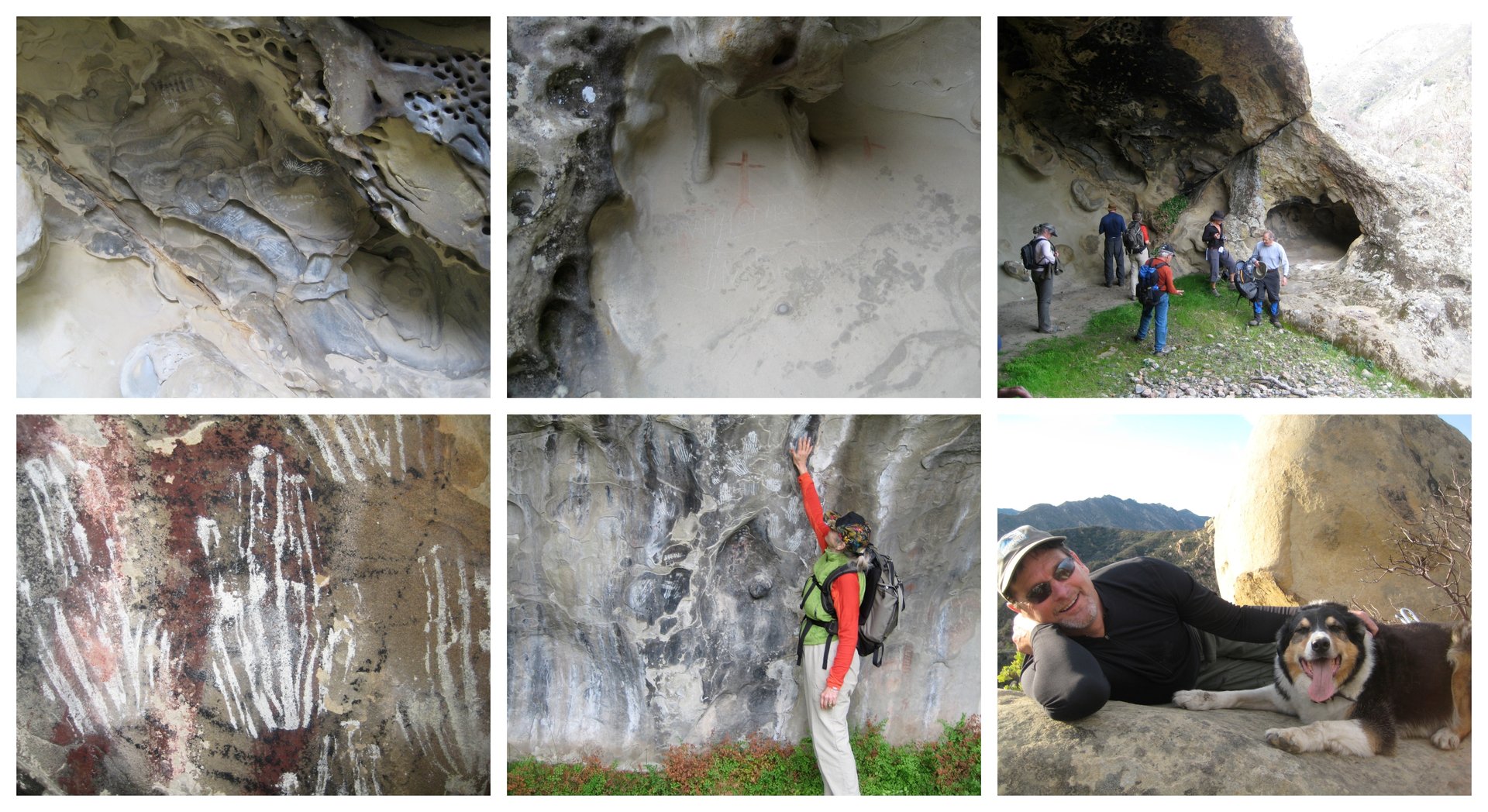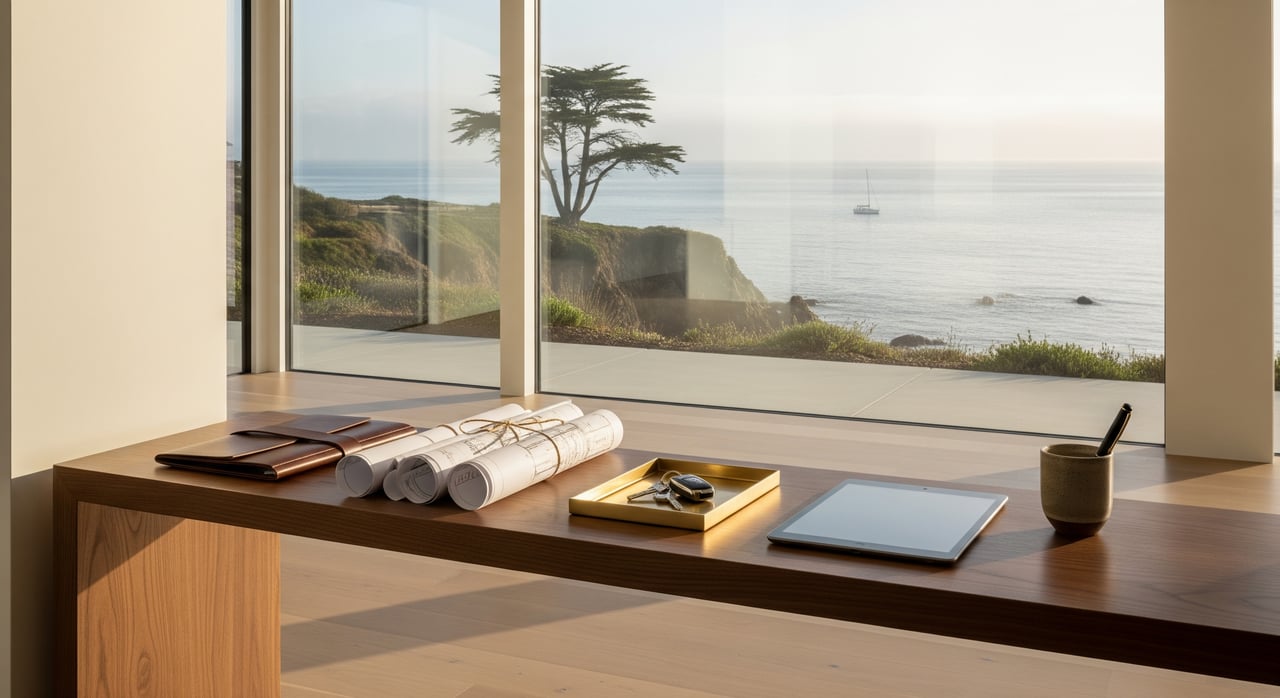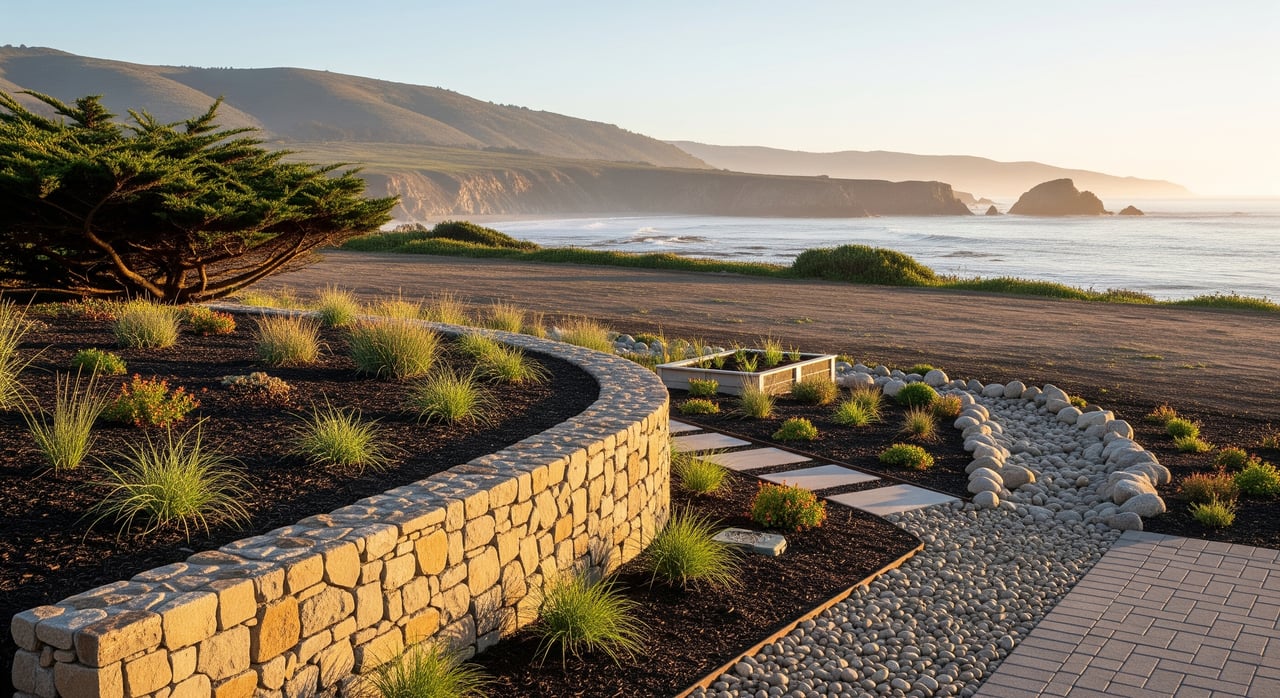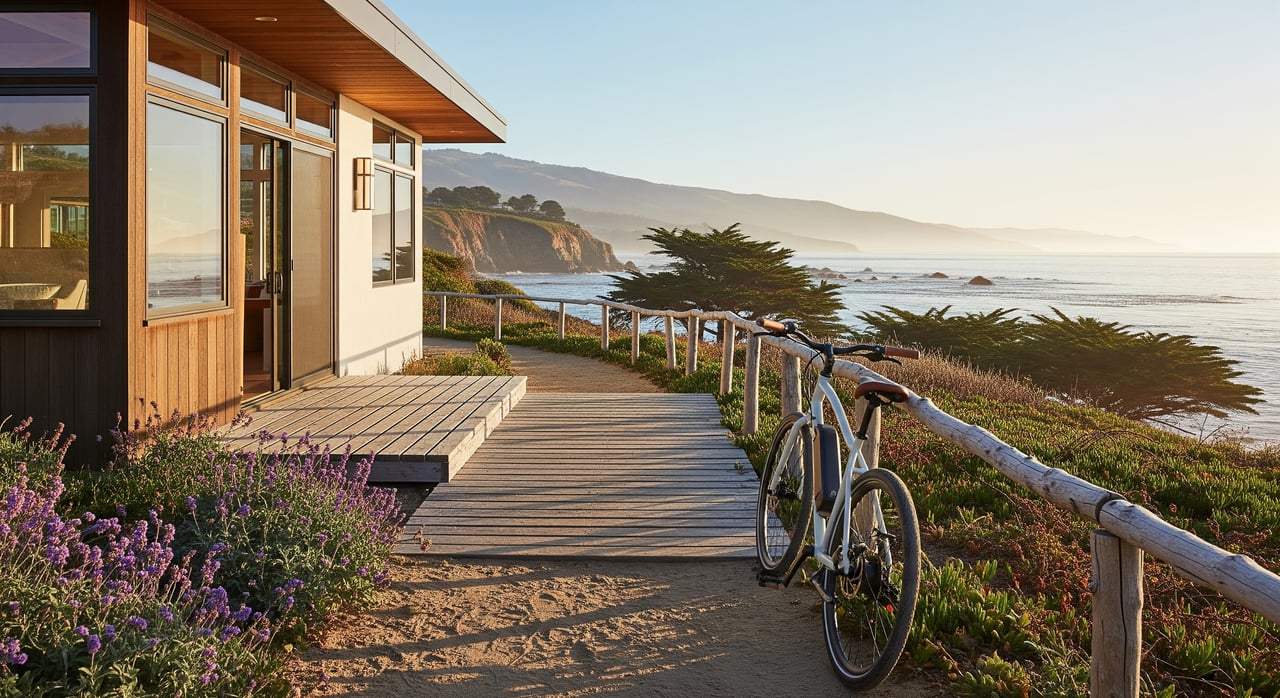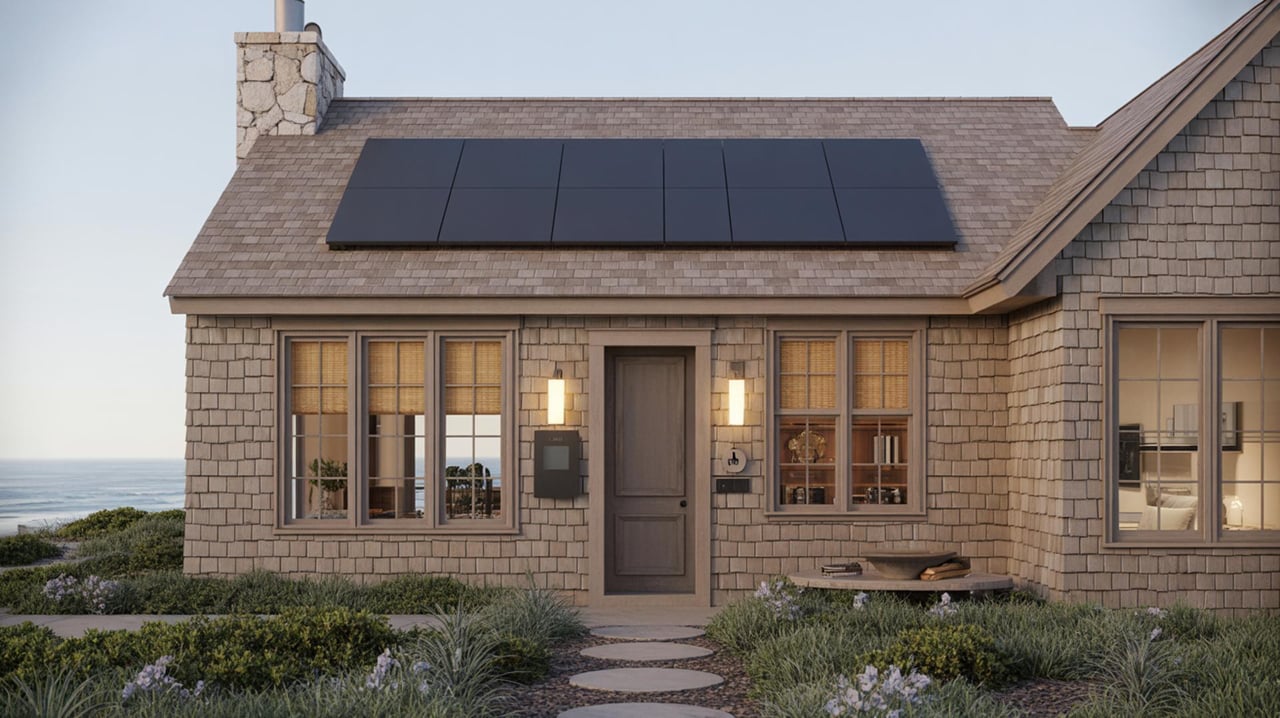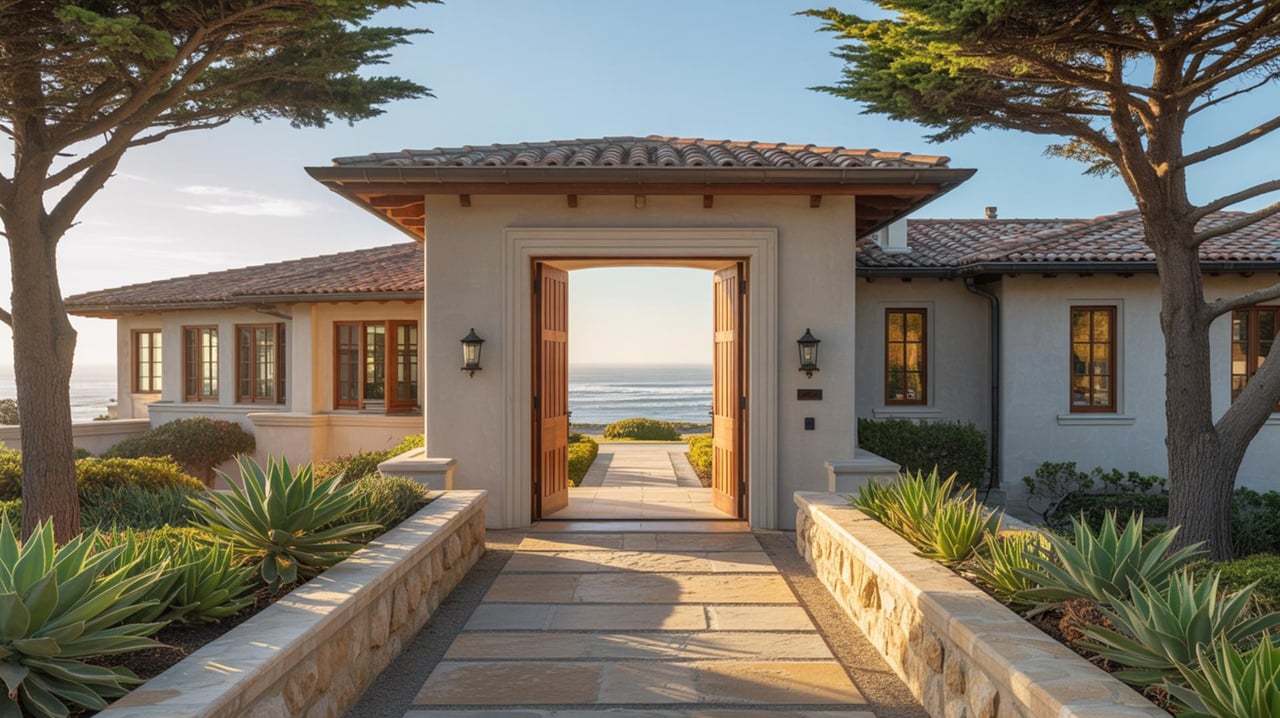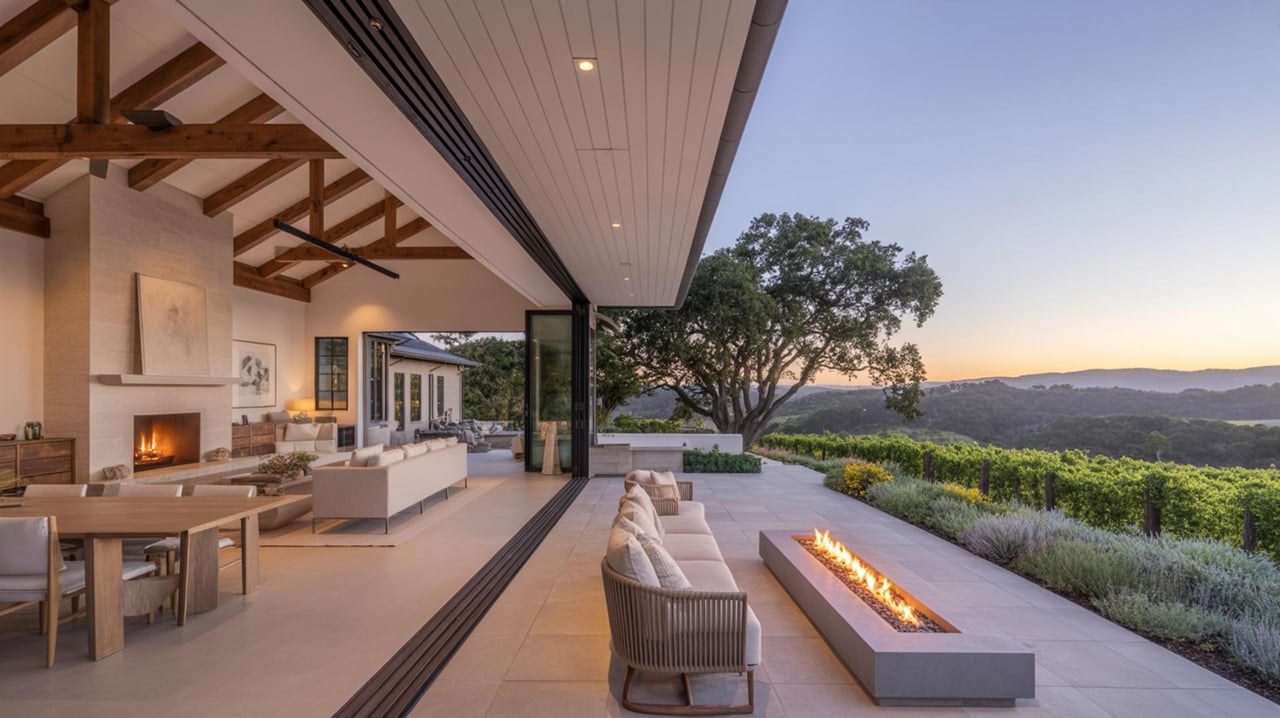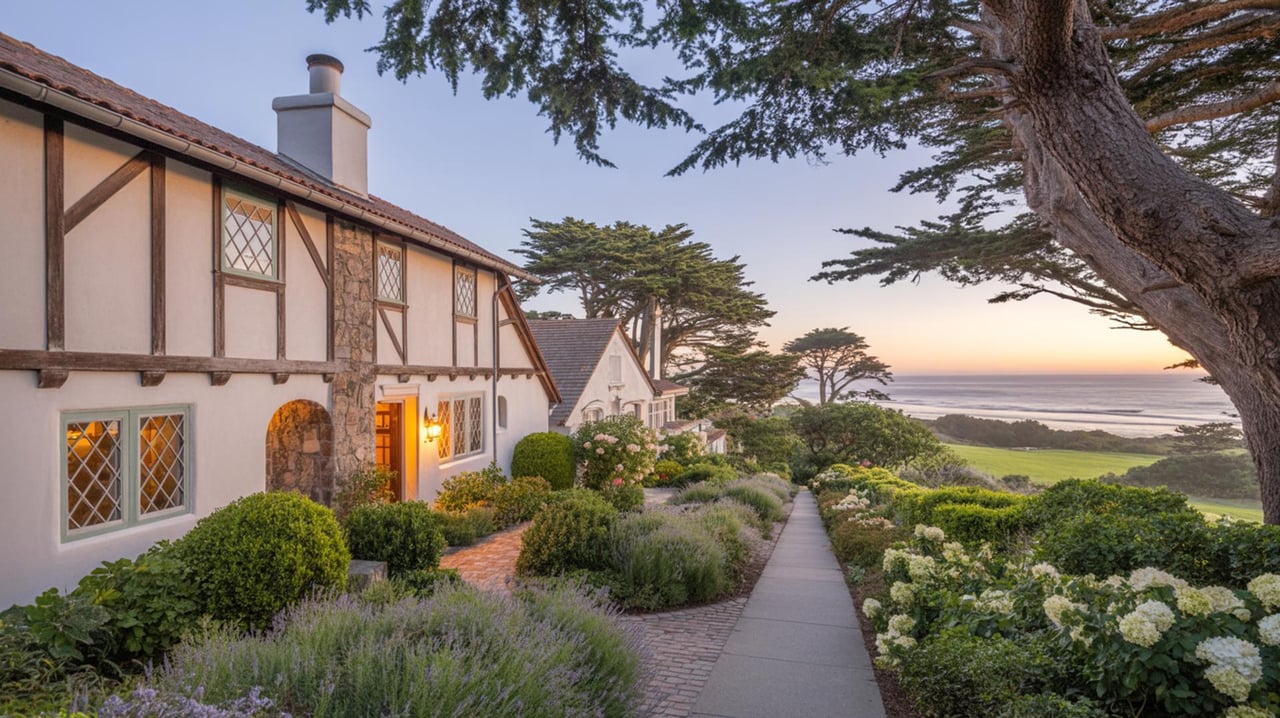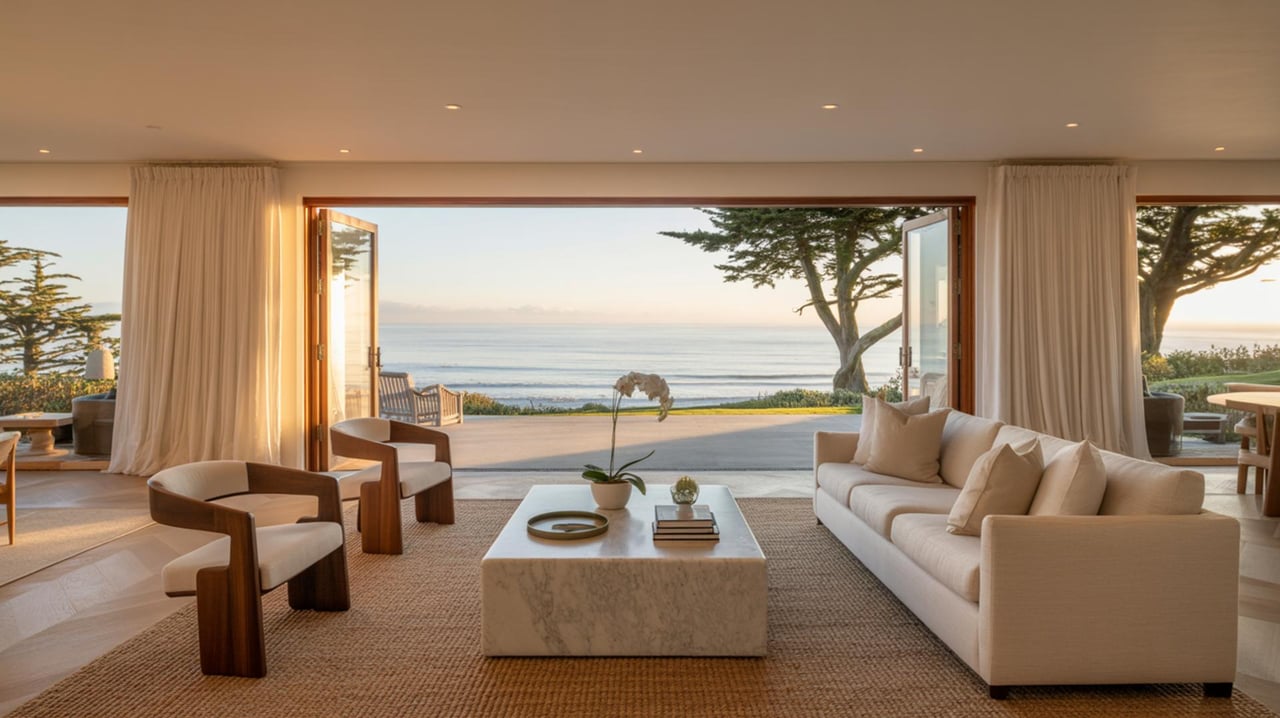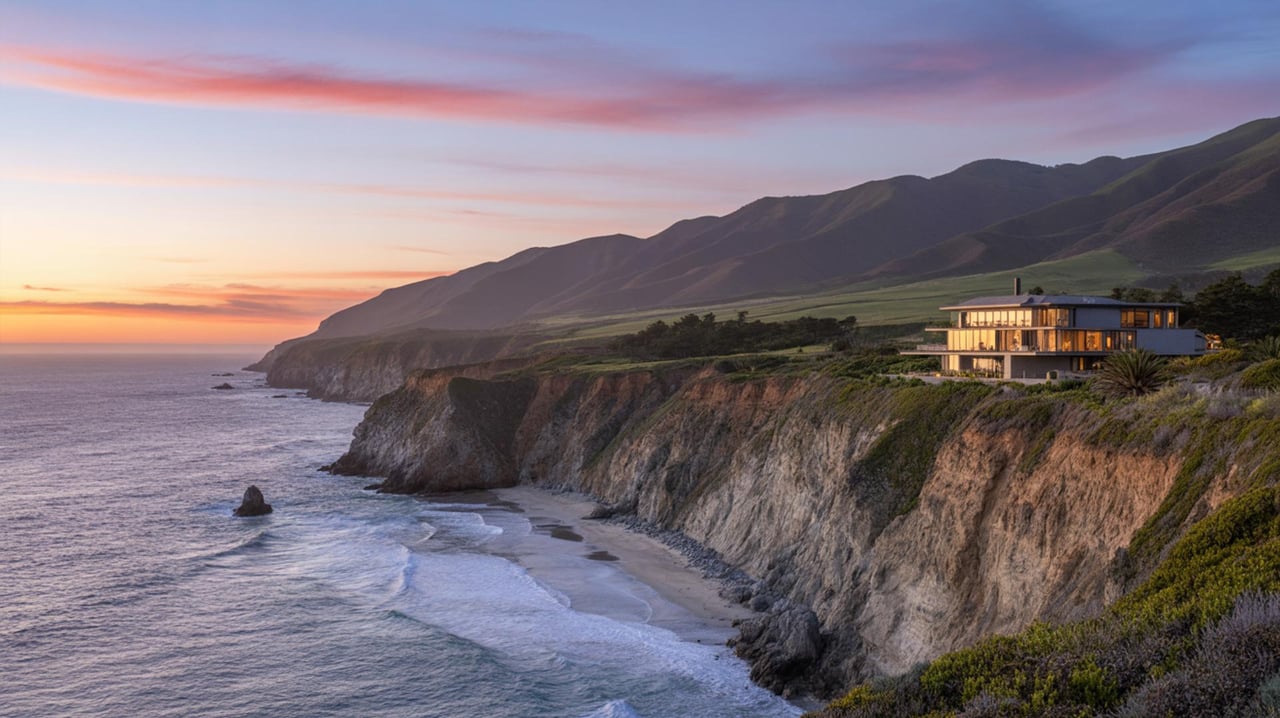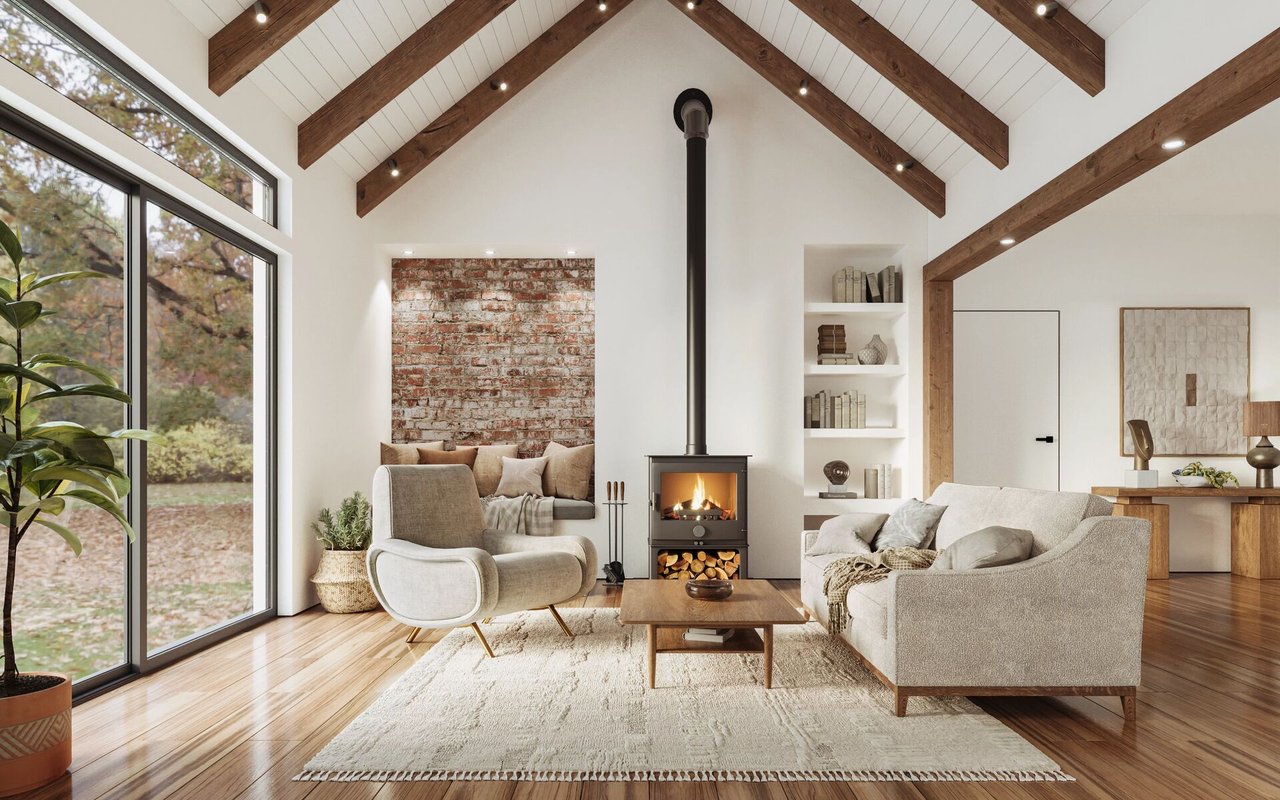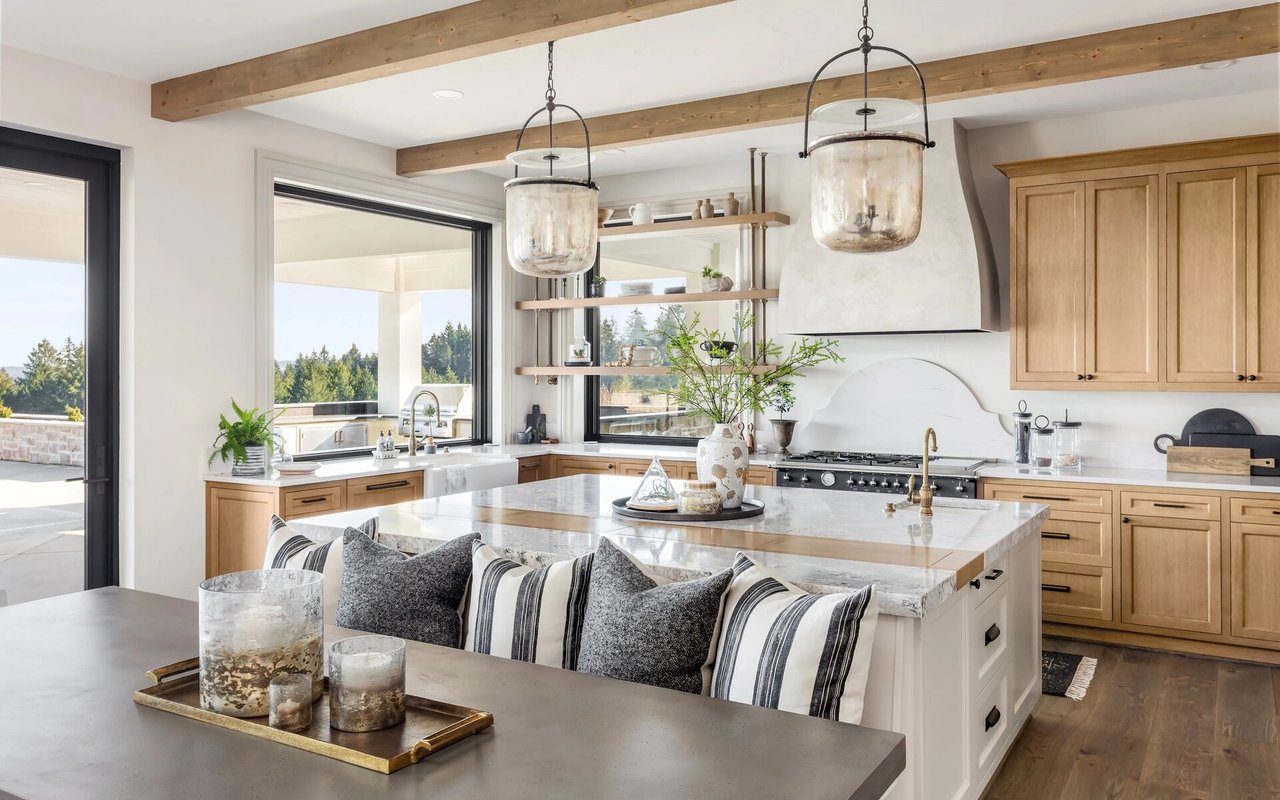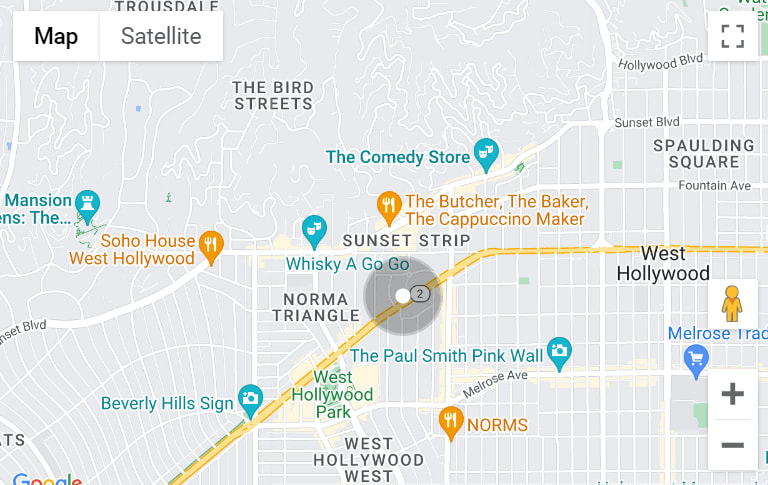Exploring the Backcountry of the Santa Lucias
Words and Photography by Alan Drew
The Santa Lucia Preserve neighbors the wildlands of the Ventana Wilderness, which is buffered by the larger Los Padres National Forest. The Los Padres, in turn, stands within the Santa Lucia Mountains, a coastal range that stretches the length of California’s spectacular Big Sur coast. While not especially high by California standards, the Santa Lucias rise abruptly from the Pacific Ocean and challenge all who enter with some of the most rugged and unrelentingly steep terrain found anywhere on the mainland. This young range, still uplifting and never glaciated, is eroded only by the slow and steady cut of rivers, creating deep V-shaped valleys and steep canyons. Most of the Santa Lucias remain trailless, covered in thick, nearly impenetrable chaparral. Little-used trails quickly become overgrown and hard to follow.
The Preserve transects a mild section of the Santa Lucias to the east. It catches the softening marine environment on its western edge and warms as it proceeds through coastal chaparral, grasslands, oak savannas, redwood canyons, pine stands, and riparian corridors. Within this complexity, a Mediterranean climate reigns, with typically hot, dry summers and cool, rainy winters. To my mind, there’s no better way to appreciate this diverse natural beauty than to go for a hike. And, wow, the choices!
In any season, adventure is only a few steps away, but each season presents different advantages:
-
Winter is cool but rarely restrictively cold. Between rain storms, ticks and flies are absent, and water is plentiful. But the leafless poison oak is never dormant. And beware of changing weather conditions. Getting caught in the backcountry by a winter storm can be unpleasant and dangerous.
-
Spring offers the best advantages. After March, the weather is primarily mild and dry, and the wildflowers erupt. Creeks and springs are flowing in all but the driest years. But, yes, ticks, flies, rattlesnakes, and poison oak are becoming active.
-
Summer becomes reliably hot and dry, with little threat of rain, biting insects, rattlesnakes, and poison oak to avoid, and dry, dusty heat you can’t avoid.
-
Fall is second only to spring for the best time to hike although water levels may be low. During October and November, in the deciduous valleys, the foliage can be spectacular. The rains usually begin after mid-November.
In this landscape of dramatic geology, I’ve come across unmarked hot springs in remote canyons and followed creeks that suddenly disappear underground to emerge from caves in the rocks far below. I’ve discovered marble grottos with springs gushing from cracks in the rock surrounded by stalactites created by the edge water. I’ve rappelled down waterfalls cascading into smooth granite pools teeming with wild trout and floated through deep gorges accessed only by swimming for hundreds of yards through deep black water.
Yes, some of the best delights of the backcountry require true canyoneering skills, but, fortunately, the big bold backyard of The Preserve offers many wondrous day trips that require only good boots and good directions.
For instance, the sandstone formations and rock shelters of Church Creek Canyon contain several of the most fascinating and beautiful archeological sites in the Ventana Wilderness, and they are accessible to any reasonably fit and minimally outfitted hiker. The walk to the caves is only four miles from the Pine Ridge trailhead on Tassajara Road. It’s an easy trek in (downhill); more difficult out (uphill).
As with any expedition to the backcountry, always take plenty of water. I also carry a water filter to top off or refill containers from streams or springs. Snacks, too, of course. It is recommended to let someone know your route and take your phone in case of an emergency.
Along the walk in, the Vaqueros sandstone formation comes into view. This sandstone has faulted and tilted over eons, resulting in dramatically angled slabs of clean rock rising several hundred feet from the canyon floor. Portions of the rock formed harder and denser nodules than the surrounding stone. Over time these concretions broke loose, creating cavities to be enlarged by wind and water and resulting in caves with sand-covered floors.
Some caves at Church Creek are so small a person can barely fit. Others contain multiple rooms and secret passages. There is even a delicate natural bridge spanning a deep gully above one of the caves.
These caves were home to the Esselen, an all but vanished tribe of Native Americans who lived far back in remote sections of what is now the Ventana Wilderness. The Church Creek caves provided shelter and security from the elements and wild beasts, including now-extinct California grizzly bears. The nearby creek ran year round, providing a reliable source of water with abundant fish, including annual runs of steelhead trout. The surrounding meadowlands and forests supplied plant and animal food and materials for clothing, shelters, and their incredible basketry.
Inside, protected from the elements, the caves reveal one of California’s most significant archeological treasures — the Esselen pictographs. No one knows for sure the meaning of these murals of stylized handprints covering entire walls of the caves, but Carmel poet Robinson Jeffers visited the caves in the 1920s and offered his view in “Hands.” In a poet’s way of being both direct and indirect at the same time, he encourages us to respect the essential nature of being human:
Inside a cave in a narrow canyon near Tassajara
The vault of rock is painted with hands,
A multitude of hands in the twilight, a cloud of men’s
Palms, no more,
No other picture. There’s no one to say
Whether the brown shy quiet people who are dead intended
Religion or magic, or made their tracings
In the idleness of art; but over the division of years these careful
Signs-manual are now like a sealed message
Saying: ‘Look: we also were human; we had hands, not paws.
All hail
You people with the cleverer hands, our supplanters
In the beautiful country; enjoy her a season, her beauty, and come down
And be supplanted; for you also are human.’
The stylized hands in the Esselen murals look remarkably like an enormous and dramatic hand-shaped slap of sandstone just down the canyon from the caves. Did the Esselen draw some significance in this naturally occurring image that reminded them of their humanity?
In smaller, more isolated caves in the area, the Esselen made paintings of animal forms in red and ochre. Strange herringbone patterns drawn in charcoal amongst white-pigmented handprints beg for an explanation. Were the faint lines a calendar of some sort, marking off the days, seasons, or celestial events? We don’t know for sure even though one of the Church Creek caves has been studied.
That cave is the Meadows Cave, named in honor of Isabella Meadows (1846–1939), the last fluent speaker of the Esselen language and who worked extensively with Smithsonian ethnologist J.P. Harrington to preserve the languages and culture of the Ohlone tribes. Later, in the 1950s, excavations by archeologists from the University of California, Berkeley yielded significant artifacts, including the partially mummified remains of a child buried in a grave lined with a bed of grass on bark. The skeleton wore multiple necklaces made of Olivella shells (Olivella biplicata) and another made of the chitinous hollow leg sections of iridescent beetles of the family Tenebrionidae.
The archeologists also found Mission-era artifacts, including remnants of sheepskins and arrow points made from Mission glass and Chinese porcelain. These finds indicate that some Esselen fled the Mission system (with some sheep!) and made it back to their remote shelters.
The dramatic riparian beauty of the creek, its rock shelters, and the native pictographs make exploring Church Creek Canyon a truly memorable day trip. The backcountry of the Arroyo Seco and other areas of the Santa Lucias are especially friendly to visitors in the early spring when climbing plants and wildflowers decorate the cliffs and meadows.
While exploring this and any Los Padres backcountry, keep an eye out for another rare sight — the Santa Lucia fir (Abies bracteata). This bristlecone fir is the rarest and most endemic fir in North America (according to some, the rarest in the world). Distinctive by its sharp symmetrical shape, it wrests survival in small, isolated groups from the thin soil on the steep slopes and rocky bottoms of the upper watersheds of Los Padres, including the Arroyo Seco, and in many smaller watersheds of the Big Sur region, always within 13 miles of the coast. Considered a remnant of an ancient time when the climate was cooler and yielded more rain, the Santa Lucia fir has a thin bark that does not tolerate fire (or today’s warmer climate). It survives on crags, slopes, and bottoms where there is less leaf litter to flare up during forest fires.
Even closer to home than the Church Creek caves, in The Preserve itself, a walk to Peñon Peak presents dramatic views and fantastic rock formations in the sandstone cliffs overlooking Carmel Valley. After storms, small waterfalls cascade into the canyons. Farther up, past lichen-covered ledges, near Saddle Pond, caves echo their history as rock shelters for the Rumsen in centuries past. Watch for signs of habitation — bedrock mortars for grinding acorns into flour, shards of chert and shell, and arrow points.
For longer backpacking adventures, the nearby Pine Ridge and Carmel River trails into the Los Padres National Forest lead to numerous camps and destinations of geographic and cultural interest. Be aware, though, that many canyons with spectacular caves and waterfalls have no developed trails and are difficult for the casual trekker to reach. Respect the conditions, the terrain, and your preparedness.
We have come a long way from living in the dirt-floor caves scattered through the Santa Lucias. These early residents chose remote home sites for proximity to shelter, food, and water amid some of the best panoramic landscapes in the world. From before the time that the Esselen occupied Meadows Cave, this land has had only three names: “Echilat” (the village of one of the Rumsen tribes in the heart of The Preserve) from the 6th through 17th centuries; “Rancho San Carlos” in the 18th to 20th centuries; and, since the 1990s, “Santa Lucia Preserve,” the pride of a small tribe of self-selecting residents who have chosen the same spectacular advantages of this land for their homes and legacy.
I guess things haven’t changed all that much.
Alan Drew Bio
Alan Drew is a native Californian, raised on the Central Coast with a background in ranching and a love for the outdoors. His passion for the land comes naturally and his intimate knowledge of Central California and the local connections developed over his lifetime are a tremendous benefit to his Real Estate clients.
The Central California backcountry is home to many “hidden gems” and as an avid equestrian, skier, fly fisherman, mountain biker, trap shooter & backpacker, he is always enthusiastic to share his knowledge about the beauty and recreational possibilities of this area. Alan is an active member of The Preserve Golf & Ranch Clubs, Rancheros Visitadores, and Carmel Associated Sportsmen.
In addition to Real Estate, Alan is a licensed contractor and an Architectural Blacksmith, having built and installed his first metalwork commission in 1990. His work (including doors, gates, railings, fireplaces, and lighting) is placed in some of the finest homes and luxury properties in Florida, Texas, Montana, California and Hawaii.
